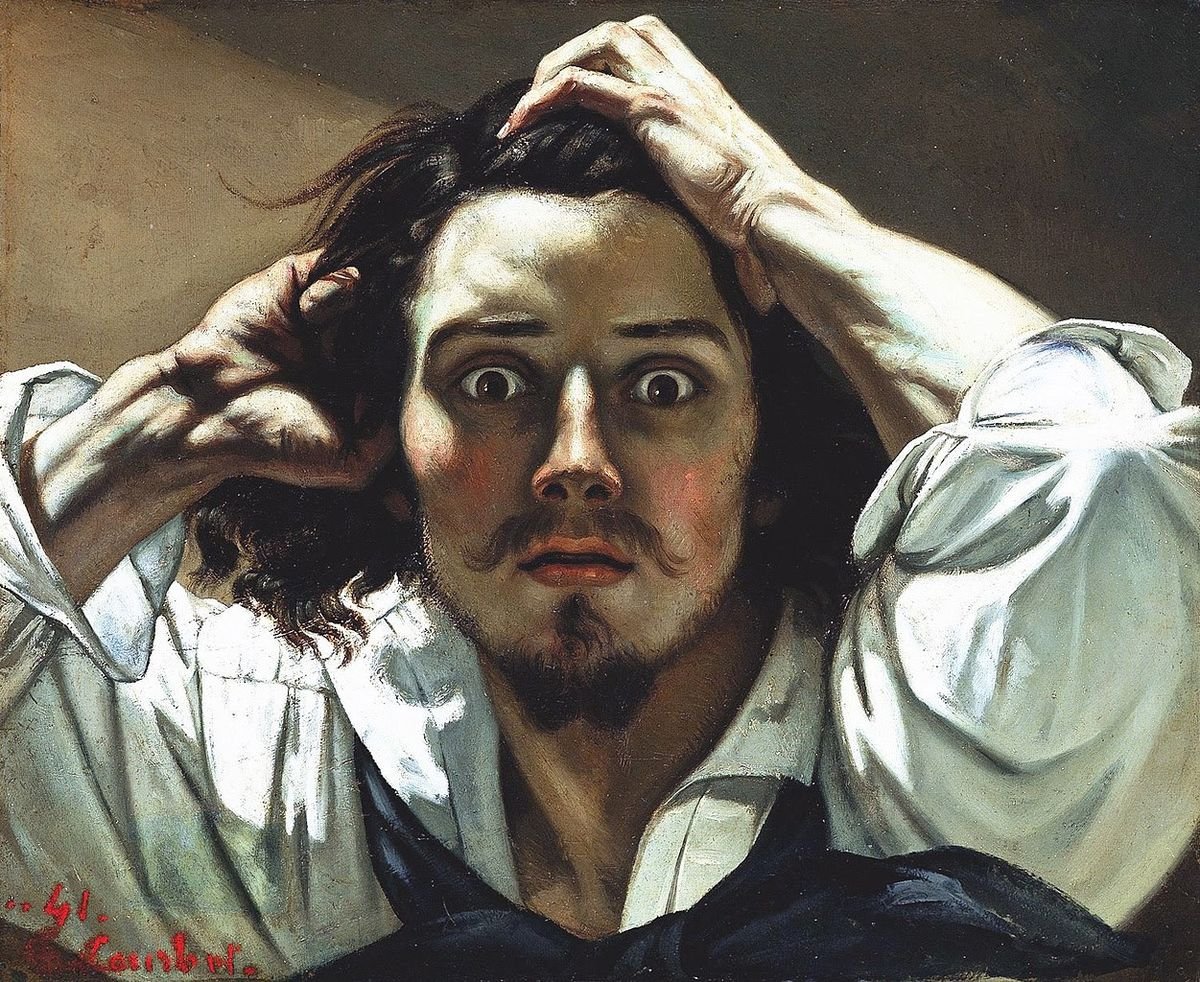The Impact of Faces in Art and Social Interactions
Human faces are gateways through which we interpret emotions, intentions, and social cues. This fascination with faces is deeply rooted in our biology.
Faces are crucial for emotional communication and identity recognition. The discovery of the fusiform face area (FFA) in the brain, which specializes in facial recognition, supports this idea. Studies show that this area shows significant activity when subjects view faces compared to when they see non-facial objects. This specialization suggests an evolutionary advantage in being able to quickly identify and interpret facial expressions and identities.
Research also indicates that viewing faces can trigger emotional responses in the brain's limbic system (involved in emotion, behavior, and long-term memory). This response goes beyond recognition; it’s about connection.
From infancy, humans are predisposed to focus on faces as a survival mechanism. This helps infants bond with their caregivers and learn from human interactions. As we grow, this focus allows us to navigate complex social landscapes, interpreting subtle cues like slight changes in expression or direction of gaze, conveying a wealth of information about a person's thoughts.
In art, faces often serve as the focal point of compositions, particularly in portraits. The art of portraiture has evolved through centuries as a means of encapsulating the essence of the subject's character, status, or mood.
Neuroaesthetic research suggests that artworks depicting faces can stimulate a viewer’s mirror neurons, which play a role in empathy. When we view a portrait showing a particular emotion, our brain's mirror neurons activate as if we were experiencing that emotion ourselves, enhancing our emotional connection to the artwork.
Moreover, the complexity and subtlety of facial expressions allow artists to create layers of meaning in their work, which the audience might explore over multiple viewings. This re-engagement with a work of art to uncover deeper meanings or re-experience its emotional impact is a crucial aspect of art appreciation.
As brain research continues, our understanding of why we are so drawn to faces will deepen, enhancing our appreciation of art and the human experience it seeks to encapsulate.


